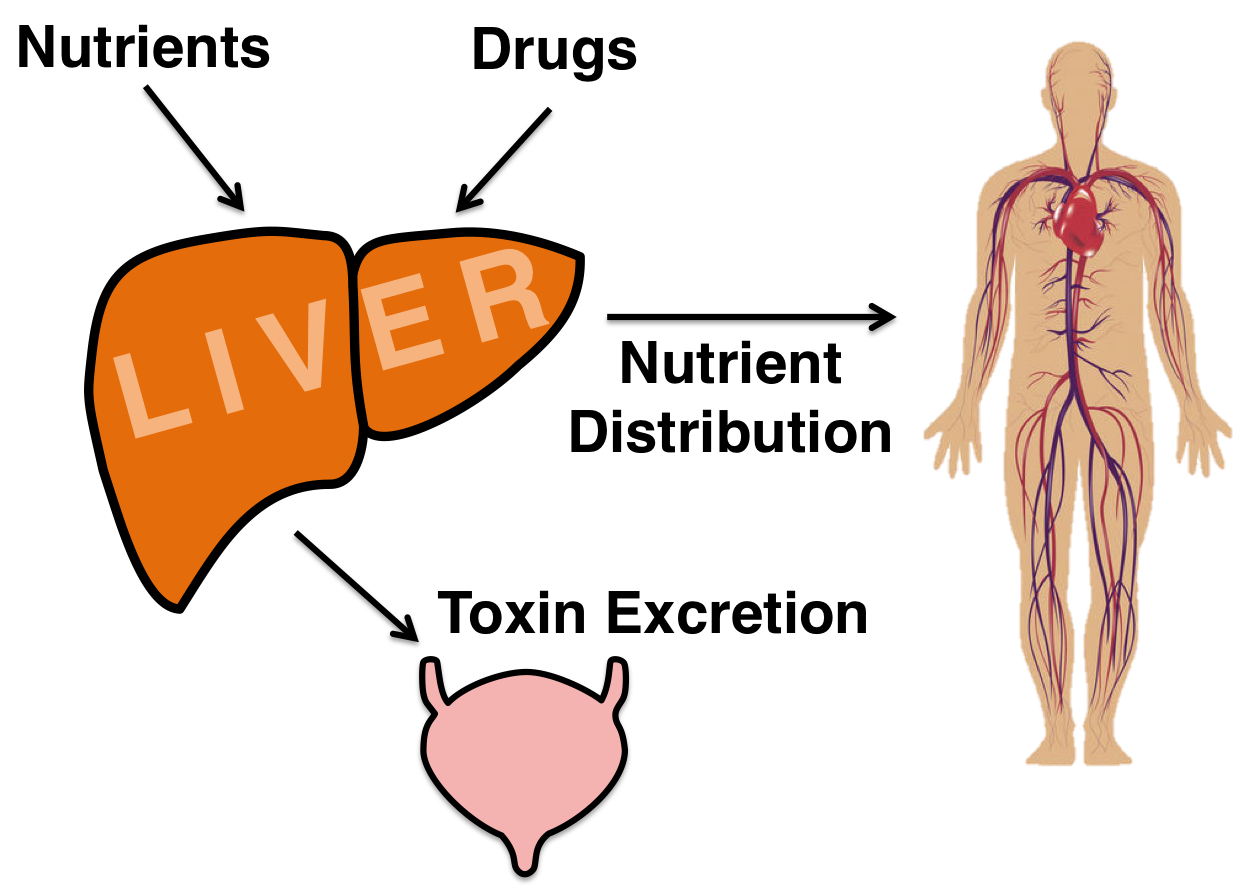

Removal of two-thirds of the liver in mice causes the remaining liver tissue to regrow to its original size and restore function within 7-10 days. The liver can regrow to its previous size and ability without any loss of function during the growth process. It can regenerate completely, as long as a minimum of about 25% of the tissue remains. The liver is the only visceral organ that can regenerate. All vertebrates, from fish to humans, have the ability to regrow the liver.


The liver also stores and releases copper. The liver stores iron from hemoglobin in the form of ferritin, ready to make new red blood cells. It keeps significant amounts of these vitamins stored. Vitamin and mineral storage: The liver stores fat-soluble vitamins, known as vitamins A, D, E, K, and B12.Glucose, or sugar, is released into the bloodstream to regulate blood sugar levels and for a quick burst of energy. The body can break down stored carbohydrates in the liver, known as glycogen, into glucose. Metabolizing carbohydrates: The liver stores carbohydrates.Fat metabolization: Bile breaks down fats and makes them easier to digest.The liver must produce enough bile to make clotting factors. Bile is essential for vitamin K absorption and forms in the liver. Supporting blood clots: Vitamin K is necessary to create coagulants that help clot the blood.The liver or bone marrow stores iron released from hemoglobin, which makes the next generation of blood cells. Absorbing and metabolizing bilirubin: The breakdown of hemoglobin forms bilirubin.Bile consists of bile salts, cholesterol, bilirubin, electrolytes, and water. Bile production: Bile helps the small intestine break down and absorb fats, cholesterol, and some vitamins.The major functions of the liver include: It is difficult to give a precise number, but it may have more than 500 distinct roles. The liver is a gland that has many functions in the body. Three hepatic veins remove blood from the liver. Lobules are the functional units of the liver and consist of millions of cells called hepatocytes. The blood vessels divide into small capillaries, with each ending in a lobule. The portal vein brings in nutrient-rich blood from the digestive system, and the hepatic artery carries oxygenated blood from the heart. Unlike most organs, the liver has two major sources of blood. This helps hold the liver in place and protects it from physical damage. The peritoneum, a membrane that forms the lining of the abdominal cavity, then covers this. This ligament is a band of tissue that keeps the liver anchored to the diaphragm.Ī layer of fibrous tissue called Glisson’s capsule covers the outside of the liver. The falciform ligament separates the lobes. The liver is roughly triangular and consists of two lobes: a larger right lobe and a smaller left lobe.
Does the liver absorb water skin#
The skin is the only organ heavier and larger than the liver. It typically weighs around 3 pounds, but this can vary between people. Share on Pinterest SEBASTIAN KAULITZKI/SCIENCE PHOTO LIBRARY/Getty ImagesĪ person’s liver is in the upper right section of the abdomen and sits below the diaphragm.


 0 kommentar(er)
0 kommentar(er)
